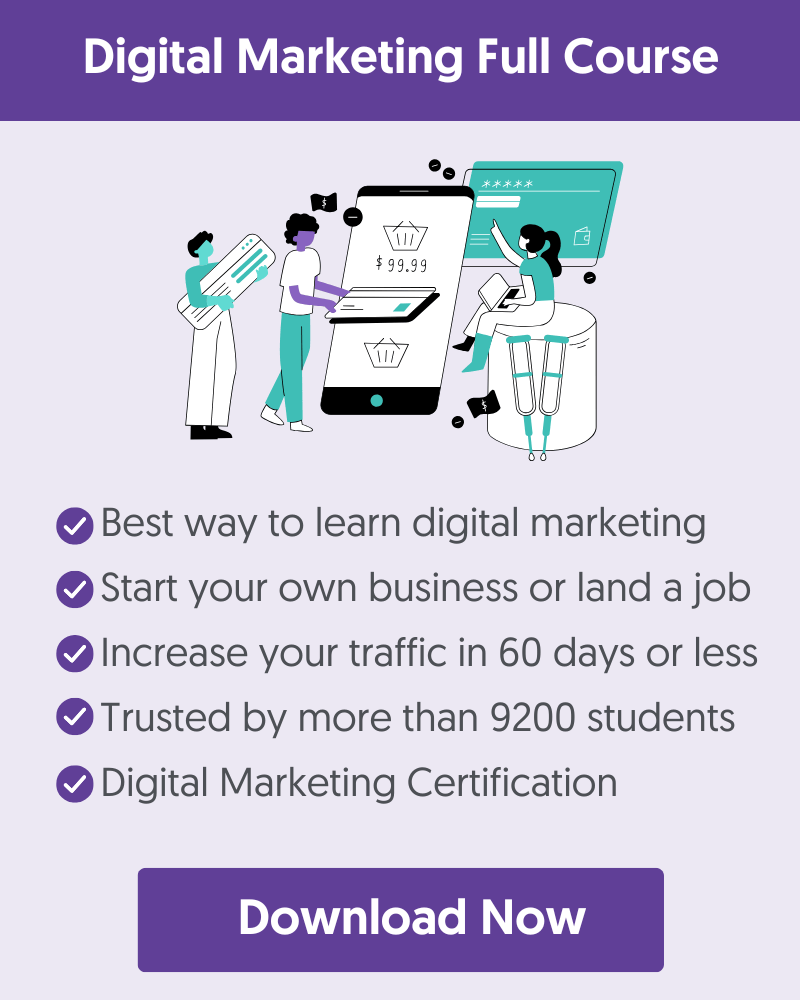What Is Digital PR?
Digital PR is a marketing practice of using the Internet to reach an online audience to raise brand awareness and promote a company's products or services.
The concept is similar to traditional PR, but digital public relations (PR) is executed using online channels, allowing you to reach more people in a controlled manner.
Some examples of digital PR include:
- Creating and distributing press releases.
- Partnering with influencers.
- Sponsored content.
- Connecting with journalists.
- Getting interviewed in mainstream media.
- Blogger outreach.
- Publishing newsworthy and trending content.
Digital PR Vs. Traditional PR
Old-school marketers can easily spot the differences between traditional and digital PR. Before the rise of the Internet and social media platforms, marketers tried to network with journalists to be featured in print media such as magazines, newspapers, and TV.
With digital PR, your goal is the same, but you have more mediums to target. In addition to journalists, there are influencers with millions of followers, large websites with a global reach, and bloggers with targeted audiences.
Doing public relations online is about getting your voice heard and increasing awareness about your brand and products. You want to get the attention of people and businesses that have access to a higher readership so that you can get visits to your website, backlinks, and mentions.
Digital PR Vs. Link Building
Many marketers use digital PR to gain more backlinks to their online properties. Links from authoritative websites like online newspapers and magazines can positively influence SEO rankings, translating to more organic traffic to your website.
In the online world, backlinks are considered 'votes of trust,' which is good for your domain's reputation in the eyes of search engines and users.
But that's not the only reason to use online PR in your digital marketing strategy. A well-executed digital PR campaign can help establish your brand as an authority in your niche, creating several benefits.
The 5 Biggest Benefits of Digital PR
Besides link building, digital PR can help your brand in various ways. The top 5 benefits are:
1. Increased visibility - The biggest advantage of digital PR is boosting your online visibility quickly. If you're featured in a publication with millions of visits, many people will see your brand. Some will likely visit your website, search for your brand name on Google, talk about it on social media, and share it with friends. All these actions will boost your online visibility and brand awareness.
2. Branded searches - When people search for your brand or product by name on Google, this sends a positive signal to the ranking algorithms, which can increase rankings and Google trust.
3. Brand mentions - Another benefit of digital PR is increased brand mentions across the internet. Mentions of your brand on social media networks, media outlets, and podcasts, even without a link to your website, expand your brand's reach and credibility. It could be a blogger recommending your product, a news site featuring your company, or an influencer discussing your services on social media.
4. More leads and sales - The direct benefit of digital PR is an increase in leads or sales. For example, when influencers promote your product to their audience, many trust their recommendation and become customers. Statistics show that 61% of consumers trust product or service recommendations from influencers.
5. Enhanced customer trust and loyalty - Digital PR helps build trust with your target audience by consistently being featured in respected publications and platforms. People trust brands more when they see them mentioned in credible sources.
Examples of Successful Digital PR Campaigns
The best way to understand how digital PR works and how beneficial it can be for a business is to view examples of successful campaigns.
1. Airbnb: Leveraging Influencers
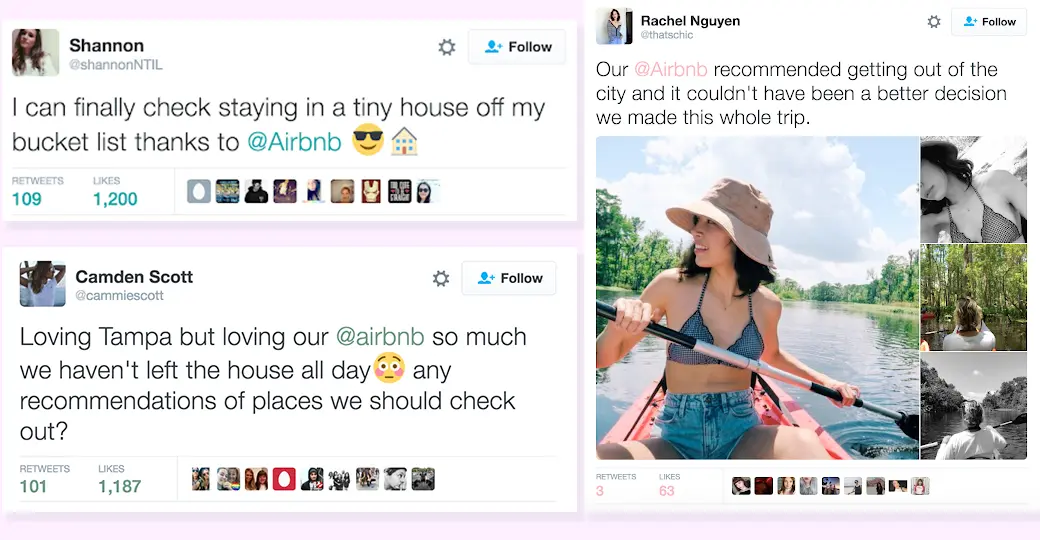
Airbnb heavily uses digital PR in its marketing. Airbnb's CEO stated that the company invests in public relations and brand marketing and less in search engine marketing.
One example is leveraging influencers and user-generated content (UGC) to drive traffic and interest in the brand. In one of the campaigns, Airbnb partnered with Lifestyle and Travel Bloggers to spread the word about community and diversity and spark social conversations.
The result was 2M impressions on social media networks, 62,000 likes, and more than 7000 comments.
2. Semrush: Industry Studies

Semrush is a digital marketing tool and a content marketing powerhouse. Part of the strategy is to publish industry studies and reports that attract the attention of other bloggers and media.
One example is the AI content marketing report. The comprehensive report on AI usage attacked more than 200 new links from trusted websites, social media traffic, and engagement, and it's ranking in the top positions of Google for related terms.
3. Burger King: Newsjacking
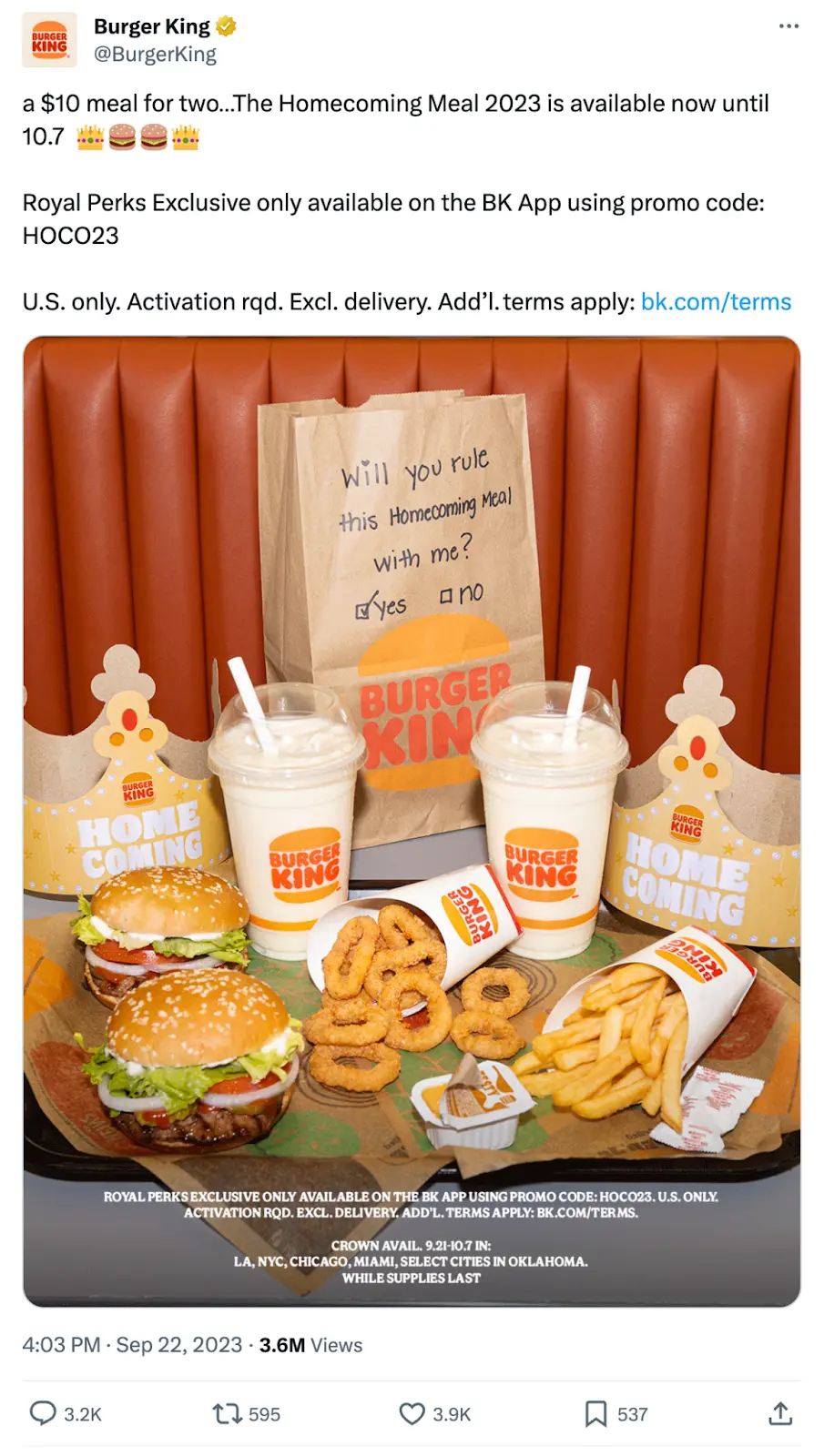
Burget King is also famous for their innovative campaigns. One of the digital PR techniques they use is newsjacking. The idea behind this method is to monitor the news for trending stories and find ways to relate your campaigns to the news.
One example is promoting a special meal deal with Homecoming, a term that describes people returning home for a special event (like a celebration for alumni at a high school or university).
4. Fiverr: Sponsored Content
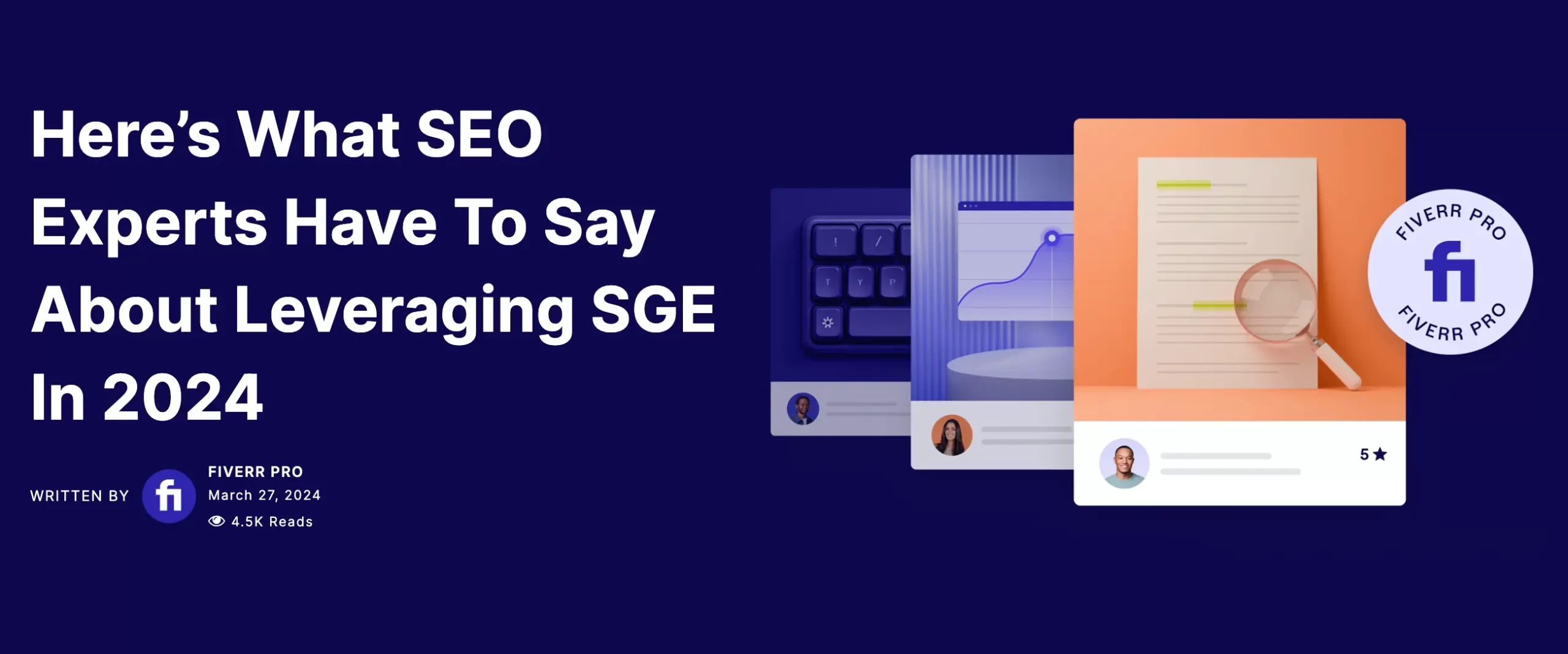
One of the most popular ways of doing digital PR is through sponsored content. You contact a website with an audience interested in your products or services and publish articles, case studies, or other content that their audience may find useful.
Fiverr has been sponsoring content on many websites. One example is the post on the Search Engine Journal. Over 4,500 people read the post, which was available on the SEJ home page for several days.
To increase your chances of running successful digital PR campaigns, like the examples demonstrated above, you need a structured approach by following the steps below.
How To Launch a Digital PR Campaign
- Set Campaign Objectives
- Define Your Target Audience
- Analyze the Competition
- Create Link Worthy Content
- Choose Your Distribution Strategies
- Measure And Analyze The Results
1. Set Campaign Objectives
The first step in all digital marketing campaigns is setting campaign objectives. In other words, what do you want to achieve with digital PR? Your goals should be specific, measurable, attainable, and time-bound (SMART).
Here are a few examples for inspiration:
- Launch an influencer campaign in the next quarter to increase brand awareness. KPIs to measure include referral visits, social media engagement (likes, comments, and shares), and product sales.
- Create an industry study on the effect of rising oil prices on housing. Issue a press release and use Muck Rack to promote the study with journalists. KPIs to measure include backlinks, social media mentions, and referral visits.
- Host a webinar on the latest trends in your industry and invite experts to speak. Promote the event through email marketing, social media, and press releases. KPIs to measure include webinar sign-ups, number of attendees, media coverage, and social media engagement.
2. Define Your Target Audience
The next step is critical for the success of your strategy. You need to define who you want to reach with your campaign. Start by looking at your analytics and details of your existing customers. Build detailed buyer personas to include things like:
- Demographic information (age, gender, location)
- Pain points (include common questions they have)
- Educational level and income
- Factors influencing buying decisions
- Preferred communication channels
Use the above information to decide which types of digital PR are more appropriate for your audience. For example, if your ideal customer is young people ages (20-30), then leveraging influencers and using platforms like YouTube, Instagram, and TikTok with video content are more suitable.
3. Analyze the Competition
Knowing how your competitors use digital PR can help you get ideas and evaluate if a strategy is worth executing. There are various ways to do this:
1. Look at their website, find content like case studies or research, and use Semrush or Ahrefs to see how many backlinks they have and their organic rankings for those pieces. This will help you understand if investing in these types of content is worth it.
2. Go to the Facebook Ads library and look at their paid Facebook and Instagram campaigns. What messaging and ads do they use, and who is their target audience?
3. Do the same with Google Ads. Review what kind of ads they run and which products they promote most.
4. Use other tools like AdClarity to get an overview of all their marketing campaigns.
When doing competitor analysis, always have your goals in mind. Don't get lost analyzing all their campaigns, but only those related to your business objectives.
4. Create Link Worthy Content
One of the critical success factors of any digital PR campaign is the content. To get traction, your content needs to have certain characteristics like:
Newsworthy - To get the media's attention, your topic has to be related to trending news, like the example of Burger King above. Even if you issue press releases and contact journalists through different platforms, they won't be interested unless it's something that the public would be interested in.
Link worthy - To get links from other bloggers or media, your content should offer value to their industry. For example, the Semrush study offers insights into how companies use AI. It's an interesting topic that is worth linking to, especially if you're blogging about AI-related topics.
So, before creating content, research using Google Trends, Semrush, and other tools to find out what people are currently looking for and create something others can reference. Writing the same things as already available won't get you traction, mentions, or links.
5. Choose Your Distribution Strategies
Using the right channels to distribute your content is equally important as the quality of the content. If you don't manage to get it in front of the right people, your chances of getting a positive return from your efforts are limited.
There are three distribution strategies you can use:
Owned channels - These include your website, social media channels, email list, and any groups you're a member of. It's the easiest to do, and you don't have to pay for it.
Paid channels - These include paid ad campaigns on Google, Facebook, and other platforms. For this to work effectively, you need a budget and good targeting.
Remember that your goal when distributing a PR campaign is to get the attention of people who can expand your reach, like influencers, journalists, and bloggers. This is different from running a campaign to target your ideal customer. In your targeting options, you should include people likely to spread the word about your content.
Earned media - This is the most difficult part of the whole process. How do you connect to the right people? Writing a good press release is the first step, but it's not enough. You need to use dedicated platforms to get your PR in front of the right eyeballs.
- Connectively - previously known as HARO (Help a reporter out), is a platform that connects experts with journalists.
- Searcheye - provides collaboration between brands, creators, and publishers.
- SourceBottle - helps you become a source for news.
- JustReachOut- outreach software to build relationships with journalists.
- Muck Rack - send pitches to journalists in different industries.
All the above platforms work in a similar way: they allow you to pitch your story or press release to journalists and media outlets who are interested in specific topics.
To increase your chances of getting your story shared, start by crafting a compelling pitch that clearly outlines the value and relevance of your story to the journalist's audience.
Ensure your pitch is concise, focused, and tailored to the specific interests of the journalist or publication you are targeting.
Additionally, timing is crucial. Monitor editorial calendars and proactively pitch your stories when they are most likely relevant.
Building a relationship with journalists by regularly providing valuable insights and resources can also boost your chances of success. Remember, persistence and professionalism are key to effective digital PR.
6. Measure And Analyze The Results
As explained above, depending on your campaign type, you should measure the right metrics to evaluate performance. For this task, you should use digital analytics tools like Google Analytics and the Google Search Console and link tracking tools like Semrush or Ahrefs.
You aim to see what results (traffic, links, sales) your digital PR campaign generates and compare that with the cost to calculate the ROI (return on investment).
Besides using measurable metrics, you should also consider non-linked mentions and social media engagement (likes, shares, comments) that indirectly help your brand.
Tools like Google Alerts can help you track mentions of your brand across the web and have a better picture of the effect of a digital PR campaign.
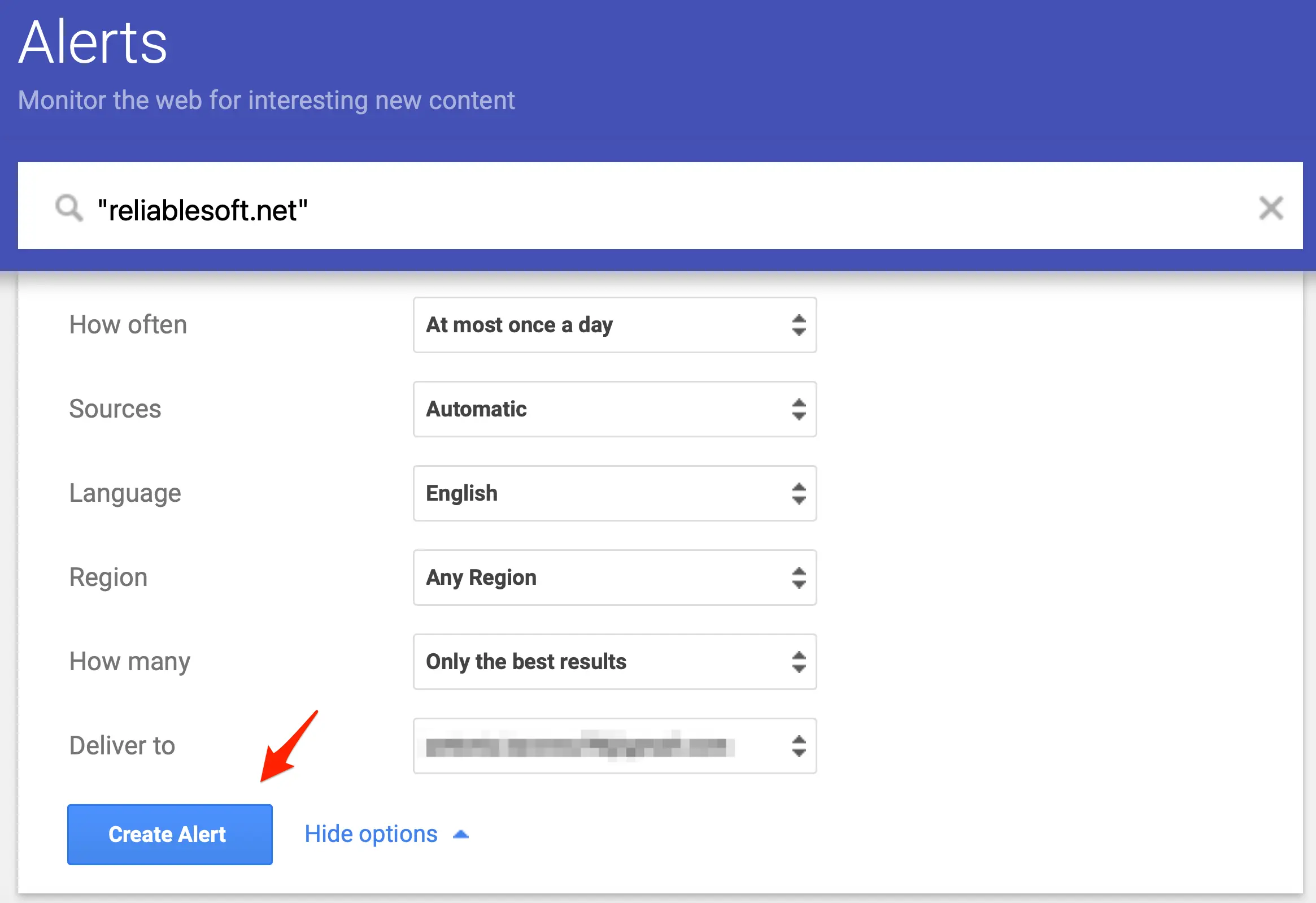
Learn More About Digital PR
You should learn how different digital marketing techniques work to use digital PR in the best possible way. Use the following guides to get started:
- What is Off-Page SEO?
- How to Get Started With Link-Building
- Digital Marketing Certificate Programs (include lessons on digital PR)
- How To Find Influencers?
